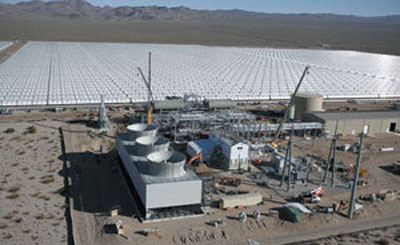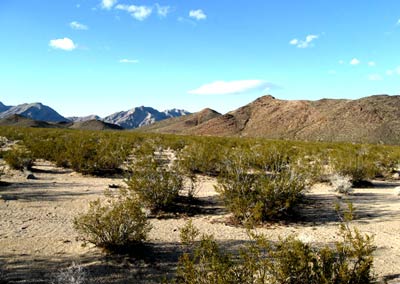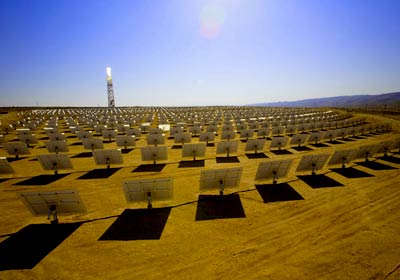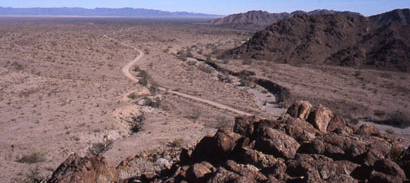CO2 in its global warming impacts.
Environmental organizations often take tax deductible grants from large Wall
Street entities. When large energy developers give out grants to large commercial
environmental organizations, it seems like industrial energy development conveniently
goes “green”. One hope is that many local chapters of these organizations have
not lost their vision. Many long time desert activists are not so willing to
give up their ideals. If anything holds these big groups together, it is the
grass roots people that created them.
Seems like 20 or 30 years ago, folks
were concerned about protecting their local places, that specific mountain,
the river nearby, those particular named canyons near where they lived, and
the wilderness they hiked in. Today the shift among environmentalists has highlighted
the global, the abstract, even the corporate model of “saving the Earth.” We
are often lectured by this new hybrid of industrial green energy environmentalists
about how our attempts to slow down these renewable energy mega-developments
will expedite the warming of the planet and the extinction of the polar bear.
We find it ludicrous that these same people would support actions that could
lead to the extinction of species like the desert tortoise in an attempt to
save the polar bear. Who told them that they were justified in choosing which
species get to survive and which do not? Our position is that the destruction
of desert ecosystems, which have been shown to be excellent resources for storing
vast quantities of soil carbon, will only speed up the potential habitat loss
for the polar bear. Climate is, after all, a global system.
We formed Basin and Range Watch as volunteers to go against this trend.
We live in rural backcountry Nevada and we are happy to be NIMBYs, trying
to protect our desert home from becoming the next “resource” for extraction.
We have worked as biologists, often on government jobs, so we were familiar
with the process of how public lands are (mis)managed. We can only hope that
our present crop of land managers will realize how valuable the giant desert
fan full of tortoises and cholla that NextLight seeks to grab is, and leave
it be.
This site covers the geographic area of Mojave, Colorado, and Great Basin deserts centering around Nevada and California, but also venturing into Oregon, Idaho, Utah, and Arizona. We especially explore the areas ignored by others (but cherished by many): the vast creosote and sagebrush flats, white playas, rocky hills, and pinyon-juniper mountains. These are not ‚wastelands‚ but vibrant, rich, beautiful landscapes that we call home.




